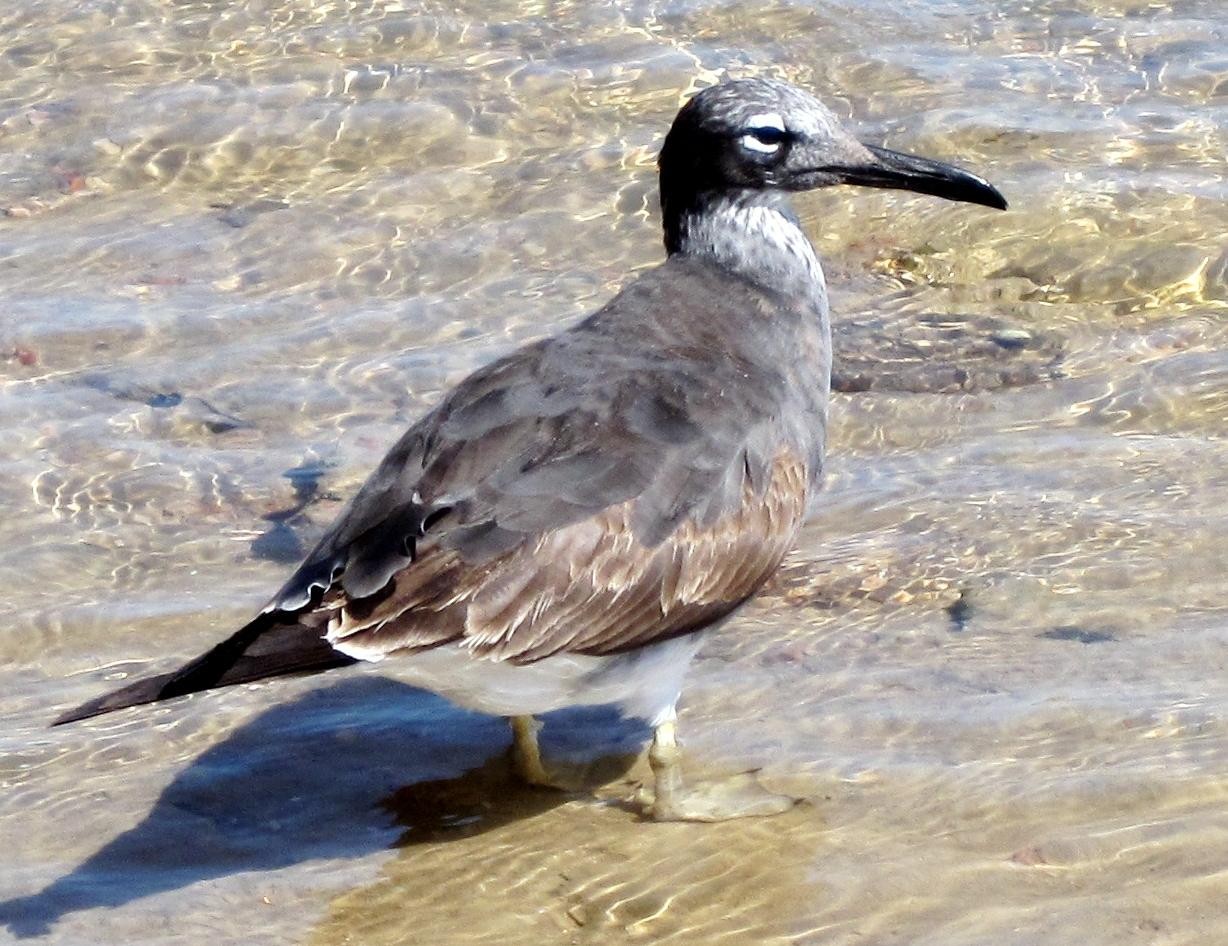White-eyed Gull
A species of Large black-headed gulls Scientific name : Ichthyaetus leucophthalmus Genus : Large black-headed gulls
White-eyed Gull, A species of Large black-headed gulls
Botanical name: Ichthyaetus leucophthalmus
Genus: Large black-headed gulls
Content
Description General Info
Description
The white-eyed gull (Ichthyaetus leucophthalmus) is a small gull that is endemic to the Red Sea. Its closest relative is the sooty gull. It is one of the world's rarest gulls, with a population of 4,000 – 6,500 pairs. The species is classed as Near Threatened by the IUCN; human pressure and oil pollution are deemed the major threats. As is the case with many gulls, it has traditionally been placed in the genus Larus. 
Size
43 cm
Nest Placement
Ground
Feeding Habits
White-eyed Gull primarily consumes fish, alongside crabs, molluscs, and annelids. It occasionally eats fruits and scavenges, including refuse like rice and bread. White-eyed Gull predominantly plunge-dives for prey but also forages in groups, particularly during the non-breeding season.
Habitat
The white-eyed Gull primarily inhabits coastal areas and has a predilection for inshore islands where it nests on bare rock and sandflats. This species is less dependent on fishing boats and harbors compared to similar birds, often venturing further offshore. Habitually, it roosts on rocks, coral reefs, piers, and occasionally on fishing vessels.
Dite type
Piscivorous
General Info
Feeding Habits
Bird food type
Distribution Area
The white-eyed gull breeds on inshore islands with rocks and sandy beaches, such as the Siyal Islands, in the Red Sea from July to September. For the rest of the year it occurs throughout the Red Sea, with some birds travelling to Oman and Somalia. 
Scientific Classification
Phylum
Chordates Class
Birds Order
Shorebirds Family
Gulls Genus
Large black-headed gulls Species
White-eyed Gull 